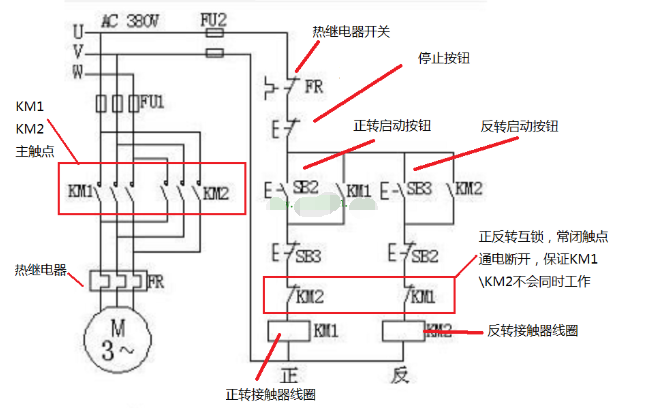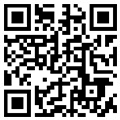For example, CNC lathe crane, winch, printing machine, packaging machine, elevator and other transmission equipment will be used to reduce the motor.
With the development of science and technology, many machines have realized automation. Almost all machines that need to do back and forth operations need to use positive and reverse. All of them are controlled by PLC, and the realization of PLC control of mechanical forward and reverse can only be realized through the setting of deceleration motor. Therefore, in the process of PLC programming, the programmer must be clear about its mechanical control principle, in order to realize the control function through the control circuit on-off. Take this opportunity to share with you the PLC control program to control the forward and reverse rotation of the motor. In addition, in addition to learning PLC, mechanical principle is absolutely necessary to learn and understand.
The following figure is the schematic diagram of the forward and reverse control of the reduction motor, with additional knowledge points involved. The details are as follows:

1. Reason for change of rotation direction of reduction motor;
2. Circuit protection device;
3. Element principle of button and contactor;
4. Self lock and interlock;
5. Use of mechanical interlock.
Normally open contact: open when not pressed or when the coil is not energized, close when pressed or when the coil is energized;
Normally closed contact: closed when not pressed or when the coil is not energized. Open when pressed or when the coil is energized;
The first problem is drawing;
The second problem is that KM1 and km2 are interlocked by auxiliary contacts and only one can work.
The third problem is the difference between normally open and normally closed contacts;
SB2 and Sb3 use one normally open and one normally closed for forward and reverse start buttons respectively.
For the setting of PLC controlled mechanical forward and reverse rotation and reduction motor, you are welcome to call Advisory hole technology: 13326768788

 Address: Building D, No.2 Lianhe Avenue, Luocun, Nanhai District, Foshan City
Address: Building D, No.2 Lianhe Avenue, Luocun, Nanhai District, Foshan City  Service hotline:
Service hotline: E-Mail:2486877456@qq.com 备案号:
E-Mail:2486877456@qq.com 备案号: About us
About us Product
Product News
News  follow
follow



